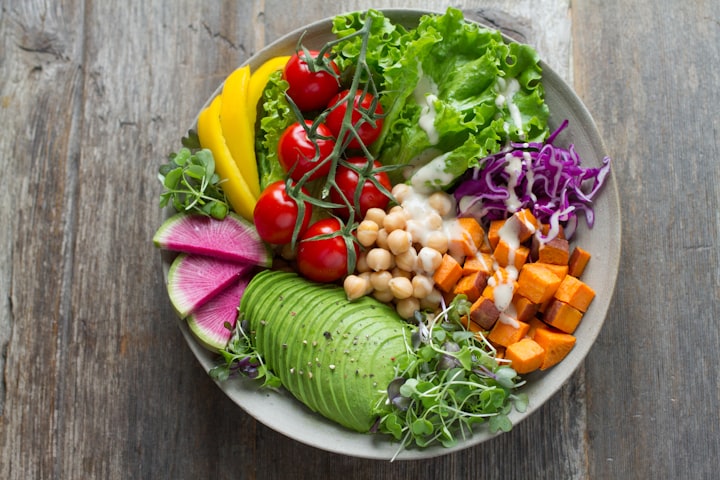The 4 Phases of the Menstrual Cycle
A refresher guide to the actual events leading to a period.

It’s a new year, so it’s time for a refresher!
Knowing what to expect from the menstrual cycle can be incredibly supportive - and while I wish I could say sexual health education talks about periods adequately, sadly that would be a lie.
Let’s break a cycle down into its basics.
To start, a menstrual cycle begins when a period starts, and ends when the next period starts. Having a period is only a fraction of the menstrual cycle! You’ve probably heard about the two primary phases, follicular and luteal, and we can expand on this by considering some additional “phases” happening within them! We’re watching the sex hormones, estrogen, progesterone and testosterone, but this doesn’t mean these are the only hormones you have or the only hormones that are involved in the menstrual cycle.
During the menstrual phase (your actual period, lasting between 3 to 7 days), all sex hormone levels are low. The uterus is shedding its lining due to pro-inflammatory compounds such as prostaglandins circulating and stimulating muscle contractions. This means cramping, some potential for looser stools, low energy levels and increased fatigue. I know I personally need 2-3 short naps on day 1 of my period, and thankfully by working in private practice I can often duck out of my home office for 10 minutes to crash on the couch and then jump back into sessions. Some folks may find they don’t sleep well due to pain, but others may find the increased daytime fatigue helps them sleep more deeply at night!
The follicular phase, which actually encompasses the menstrual phase and the next phase, is where we see estrogen levels gradually increase. This supports recruitment and maturation of an ovum or egg, as well as thinning of cervical fluid in preparation for possible fertilization by sperm. Energy levels typically increase to a normal, and factors such as hunger and sleep typically feel average. Estrogen helps insulin to remain sensitive so it can pull glucose into tissues from the bloodstream, so we might notice our appetite is less ravenous and there aren’t as many food cravings.
The ovulatory phase is the cycle peak! Estrogen increases along with a spike in LH and FSH to “kick out” a mature egg from the ovary. It is caught by a fallopian tube and then travels to the uterus for possible fertilization. Now, everyone is a bit different when it comes to ovulation and symptoms - some find their energy levels are amazing and others are wiped out for a day or two. Bowel movements might be normal, or they might become significantly loose or hard to pass. Mood can even be variable - not everyone is happy with a high libido! We know there can be an increase in testosterone, so there is potential for acne in some folks. And not everyone ovulates on day 15!
And to round out the cycle, we finish off with the luteal phase which is about 11 to 14 days long after ovulation. This is where estrogen levels drop and progesterone levels increase as a means to stabilize the uterine lining for possible pregnancy. Because estrogen works with insulin, and estrogen drops, we might notice increased food cravings and increased fatigue. Progesterone becomes more predominant, and because it works alongside aldosterone (a hormone that controls sodium and fluid retention in the body) we might notice increased water retention and bloating. There is a potential for lower moods, a need for more rest, and changes in regular bowel movements. In the days before the next period, prostaglandin production begins, preparing the uterine muscles to contract - if no pregnancy occurs, all hormone levels drop and the uterine lining is released to repeat the cycle!
When you know what happens in a typical situation, you can better identify when something isn’t feeling right or when cycle phases don’t happen as expected.
About the Creator
Emily the Period RD
I help people with periods navigate menstrual health education & wellness with a healthy serving of sass (and not an ounce of nutrition pseudoscience).






Comments
There are no comments for this story
Be the first to respond and start the conversation.